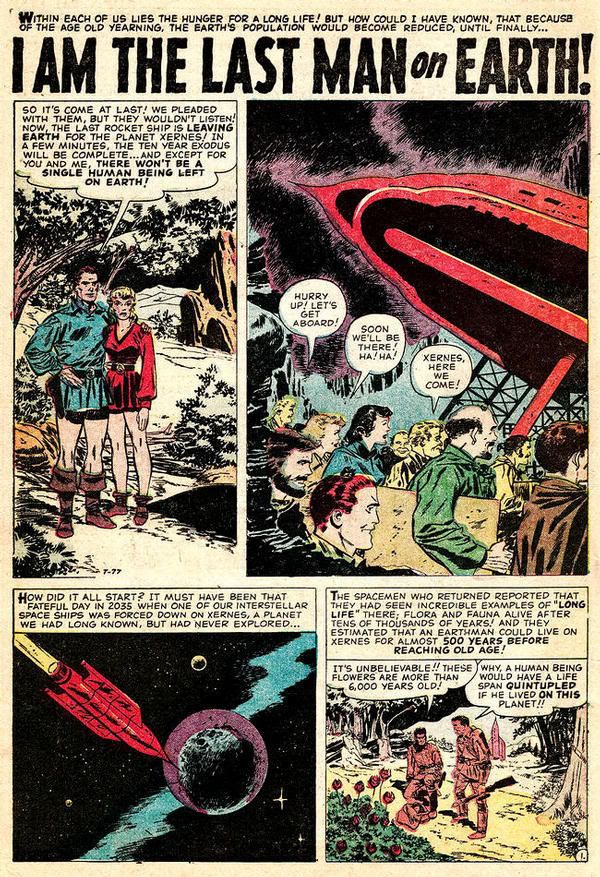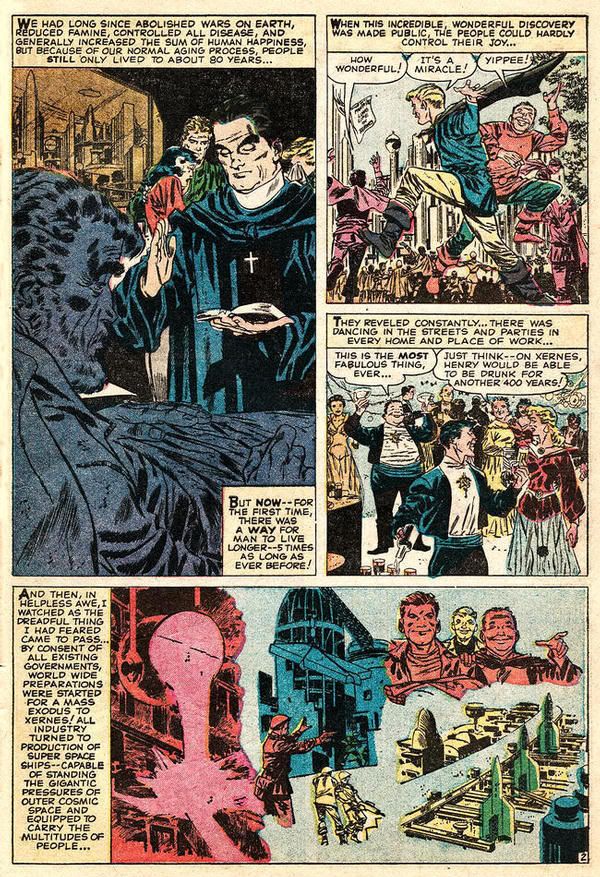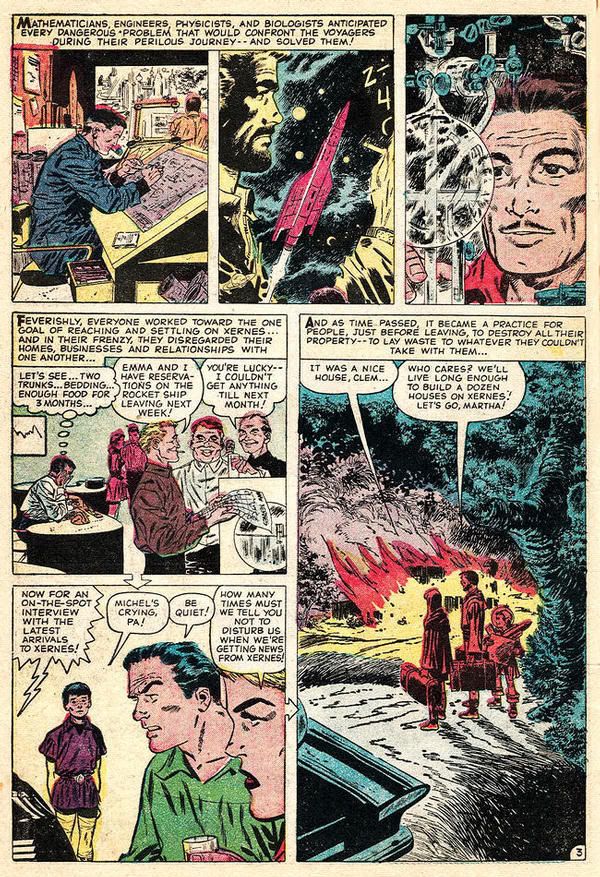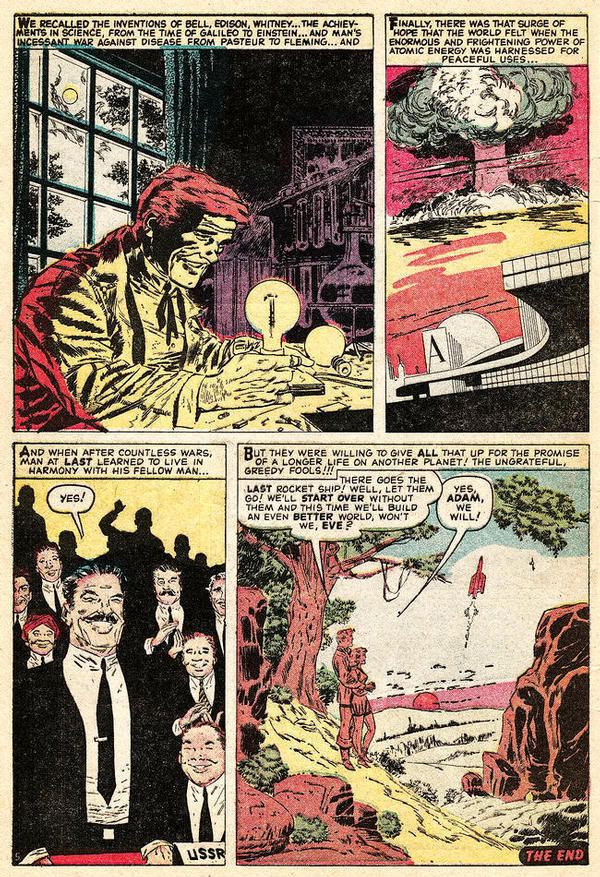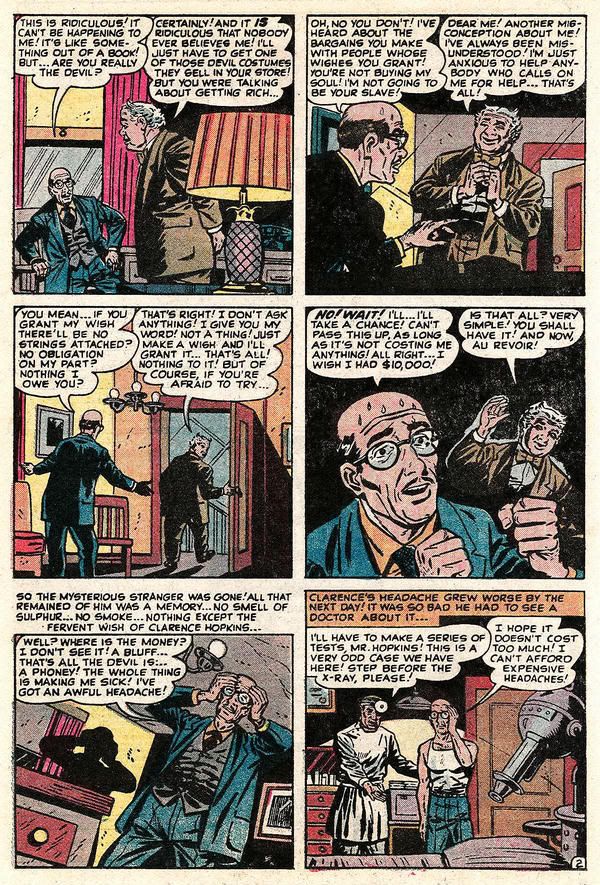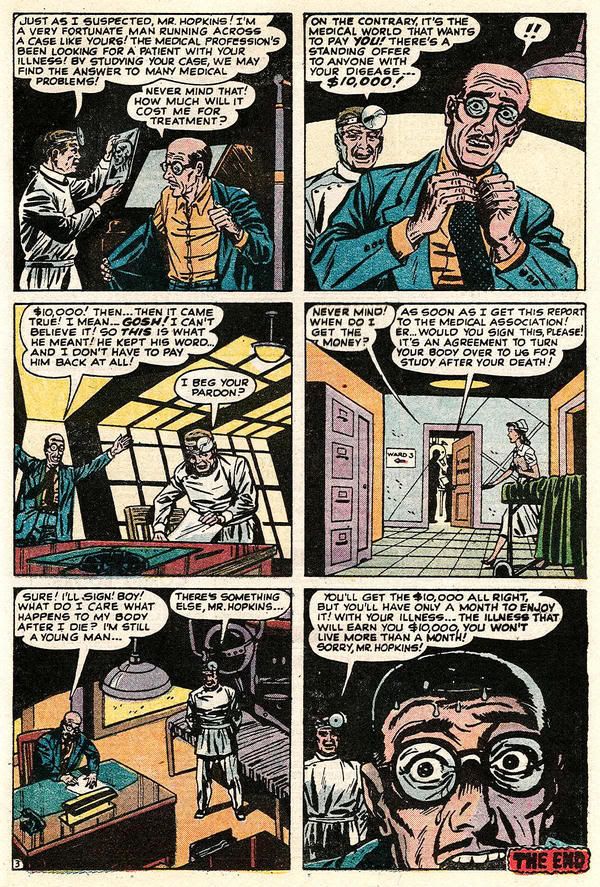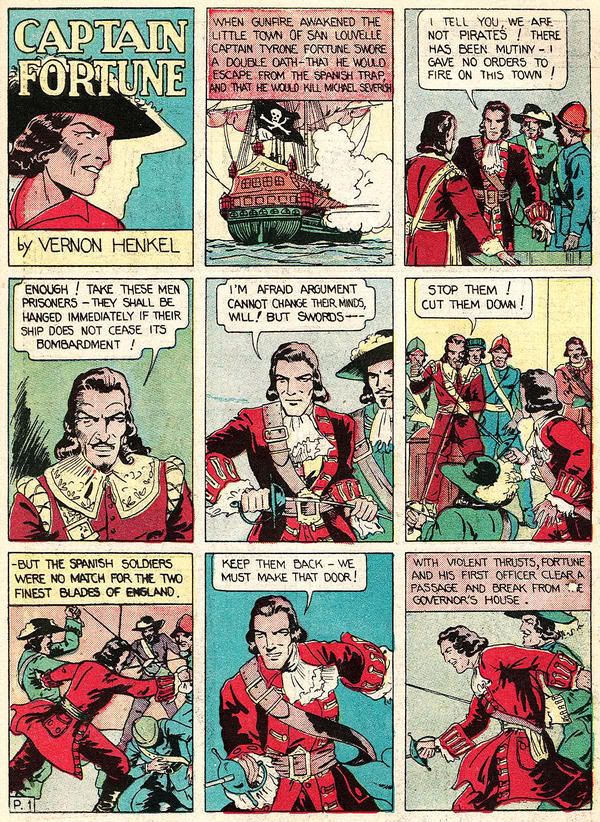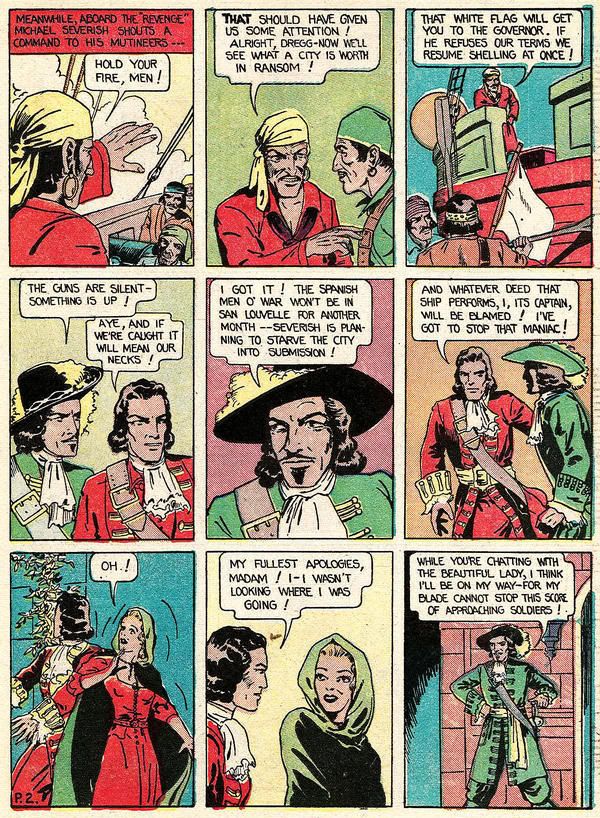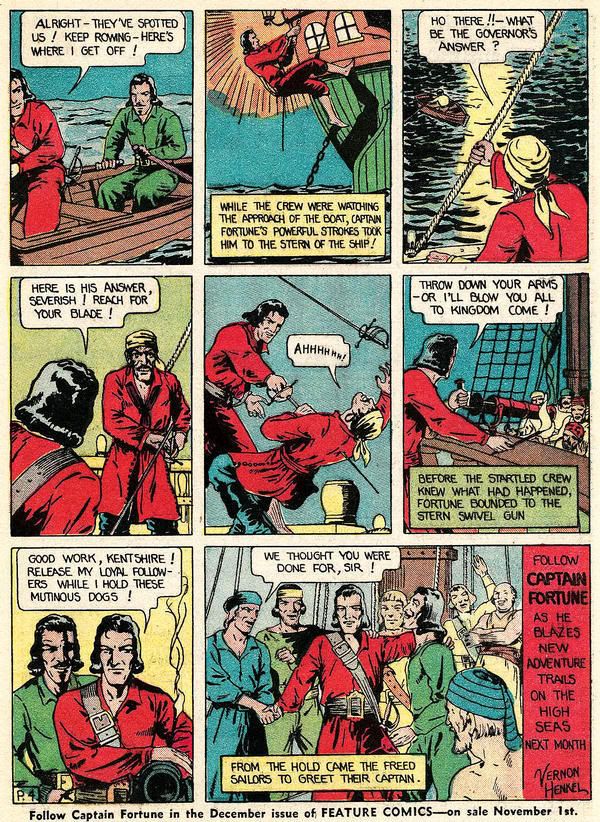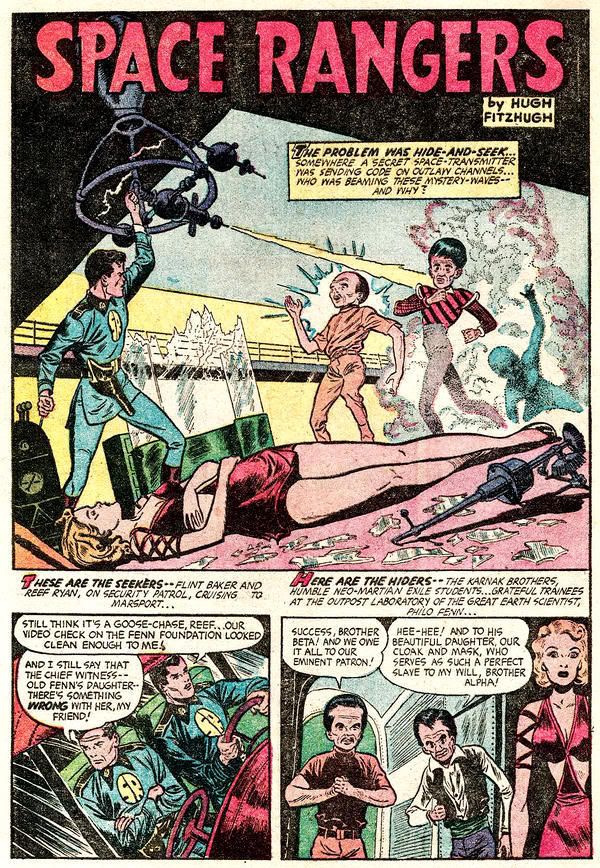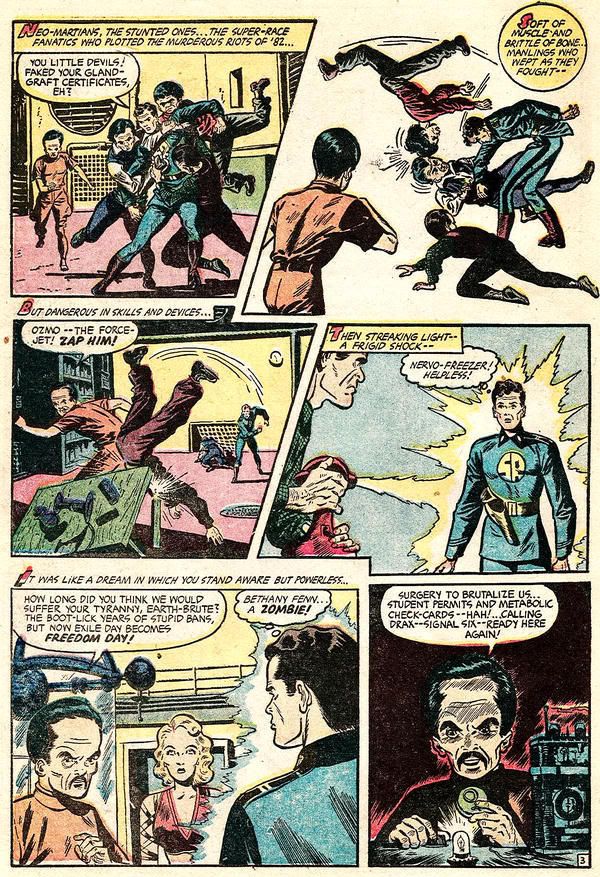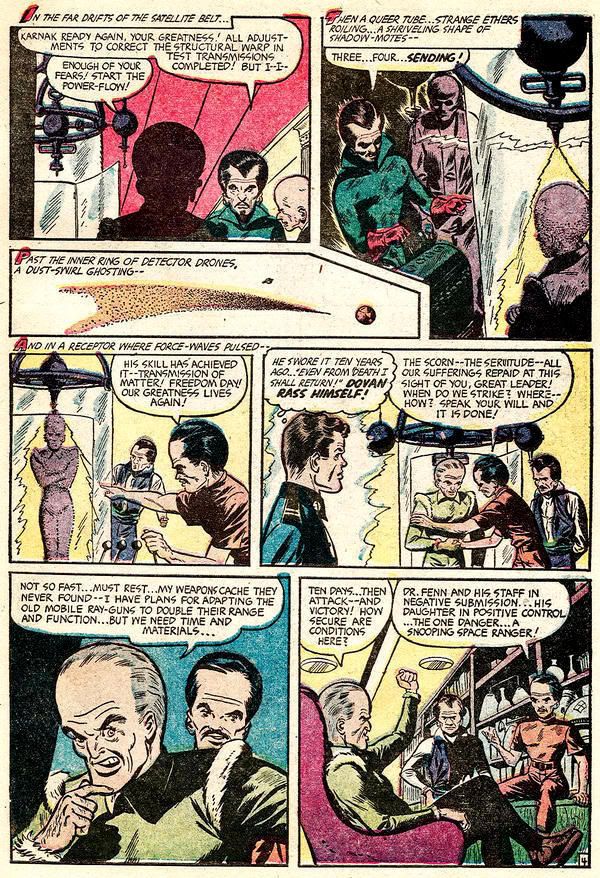 [Contains spoilers for Green Lantern: Secret Origin]
[Contains spoilers for Green Lantern: Secret Origin]Geoff Johns makes it seem like he's been writing
Green Lantern: Secret Origin all throughout his
Green Lantern run, whether he actually has or not.
Secret Origin, in a way not unlike a good mystery novel, dips and climbs through a number of episodes we've already seen in flashback earlier in
Green Lantern, revealing more going on than we were originally lead to believe. All of this is in service of the forthcoming "Blackest Night" storyline which, admittedly, begins to feel over-hyped to me, but there's a bunch of great characterization in
Secret Origin focusing on Green Lantern's earthbound supporting cast that I enjoyed very much.
Johns'
Green Lantern title takes a deserved breather after
the Sinestro Corps War. I had thought that
Secret Origin moved between the present and Green Lantern's beginnings, but indeed this story is set in the past only;
Secret Origin forwards the current action by implication only, not in fact. There's some value in this, especially if the next
Green Lantern remains as cosmic as the one previous; I miss the stories of Hal Jordan, superhero, rather than Hal Jordan, space warrior, and
Secret Origin at the least brings Green Lantern planetside for this seven-issue tale.
Being therefore an origin story,
Secret Origins reduces
Green Lantern to its principle players: Hal Jordan, Carol Ferris, and Tom "Pieface" Kalmaku. Whereas in
Superman Geoff Johns has brought Clark Kent back to basics with his Lois-Perry-Jimmy supporting cast, in
Green Lantern he's largely absented Hal from his regulars in favor of Jillian "Cowgirl" Perlman, General "Herc" Stone and others. Me, I'm a traditionalist, and there's something gigantically comforting about an adventure where Hal Jordan flirts with Carol and confides in Tom, just like the old days.
It's Carol, and the not-yet-renegade Lantern Sinestro, who really shine in this story. Johns parallels perfectly Hal's loneliness at the loss of his father and Carol's loneliness at the disintegration of hers; when Hal finally remembers that Carol cried harder when Hal's father died than even he did, it's clear to the reader why these two characters care about one another.
And Johns makes even more clear the grudging friendship between Hal Jordan and Sinestro; in Hal, Sinestro sees a kindred spirit, an ally, even a younger version of himself, someone just perhaps even more willing to question the Guardians than Sinestro is, while Hal can't resist the first Green Lantern he meets that doesn't play by the rules. This Sinestro seems far more rational, even, than the Sinestro we know today, and Johns suggests today's Sinestro may very well be infected by the fear that ultimately killed Abin Sur. If so, it's intriguing to think today's Sinestro might very well be redeemed, or at least that Hal Jordan might once again have a chance to speak with his old friend, if only he can reach Sinestro's sanity.
Green Lantern: Secret Origin is probably not a story we necessarily needed, but it's a interesting oasis among all the big
Green Lantern events. I'm still holding my breath for "Blackest Night," however -- I'm eager, and hopeful, to see whether this story can deliver on so many stories worth of build-up.
[Contains full covers]We'll follow the threads of the Sinestro Corps War a little longer now, with
Blue Beetle: Endgame up next.

